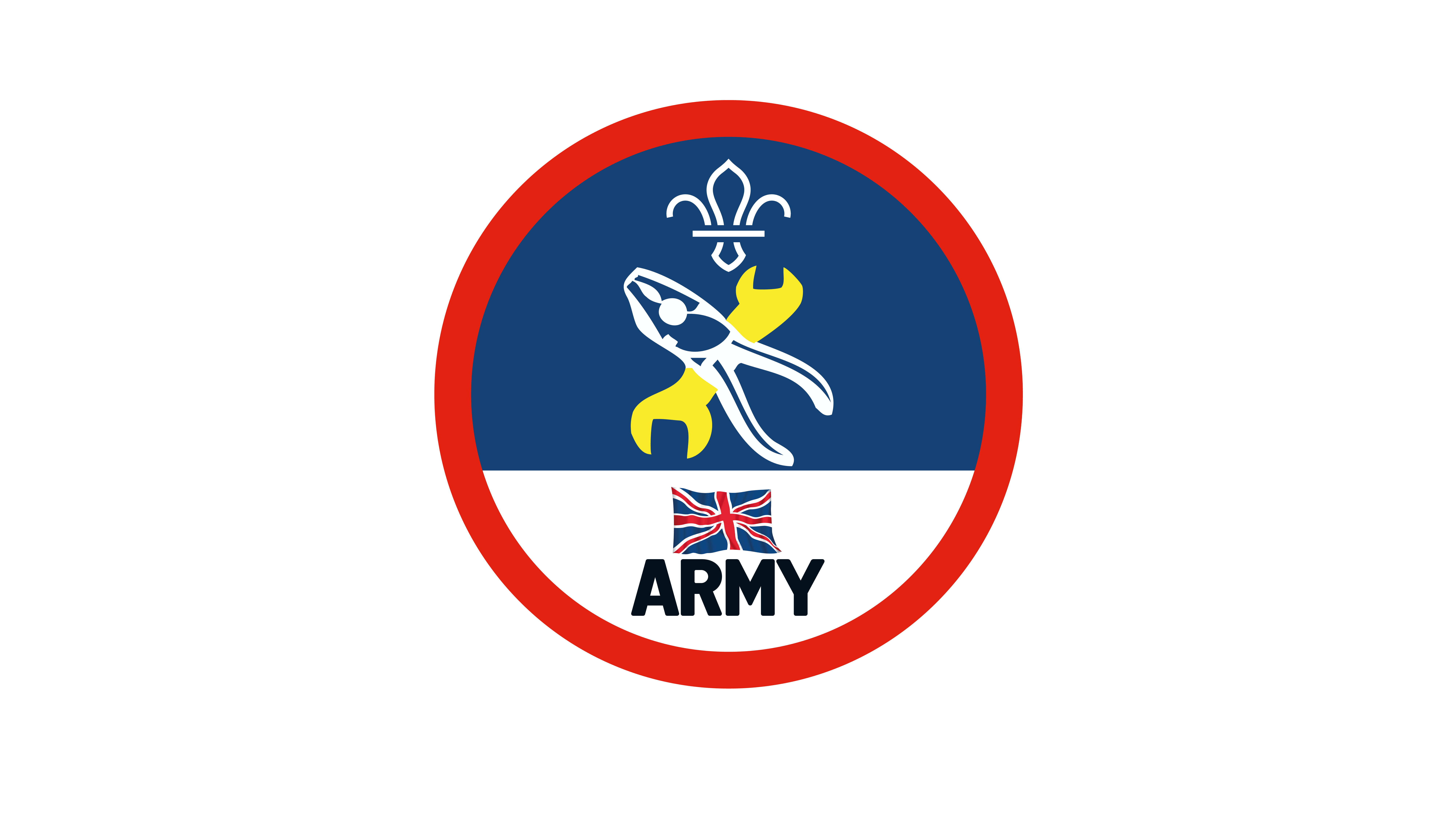
Maintain the drive chain
You’ll need
- Rulers
- Chain tensioning tool
- Wrench
- Access to a motorcycle (with the correct manual)
Most motorcycles and scooters will use a chain, called the final drive chain, to transfer the power form the engine to the back wheel, like a push bike. Using a chain makes it easy to fit and maintain, and it can be easily adjusted to change the performance of the motorcycle. The downside of using a chain is that they need to be regularly cleaned, lubricated and tensioned to keep the motorcycle working at its best.
The final drive chain is tensioned by moving the rear axle backwards or forwards. A correctly tensioned final drive chain will stop the chain from jumping off, and reduce road noise and wear on the parts. Tightening the chain too much can be just as dangerous as having it too loose.
Before you begin
- This activity’s part of a series of short activities in the Scouts Mechanic Activity Badge.
- Decide how you’ll run these activities. You could run a mechanics activity day with a few vehicles, so small groups can try different tasks on different vehicles at the same time. You could also run the activities as short bases during a meeting (while other activities take place).
- Decide who’ll run and supervise this activity. All of the practical activities for the Mechanic Badge should be run and supervised by a qualified mechanic (or someone with enough knowledge gained through experience).
Guidelines
These guidelines are generic for modern vehicles. Always check the handbook for the vehicle you’re using or seek advice from a qualified and experienced mechanic.
- Secure the motorcycle on a stand if necessary. Check the motorcycle manual for the tension needed in the final drive chain.
- Using a ruler, or purpose-made chain tension tool, check the deflection of the chain. This is the maximum distance the chain can move when pushed up and down with your hand in the middle of the chain.
- Use a wrench to loosen the rear axle nut. If more force is needed you can use a longer wrench or a wrench extension.
- Adjust the axle adjusters in the direction needed, making sure to do this equally on both sides of the wheel to keep the axle straight.
- Recheck the chain deflection and continue to adjust the axle until the chain is correctly tensioned.
- Tighten the axle nut following the manufacturer’s guidelines. Keep an eye on the axle while doing this to make sure it stays straight.
Reflection
This activity was all about developing skills. Why’s it useful to be able to get stuck in to vehicle maintenance? It helps keep people safe and can save you money too. It’s also better for the environment to look after vehicles so less resources are used to repair avoidable faults (or even replace cars). Was it easy to learn this skill? Is this skill the same for every single vehicle, or would people still need to check the manual?
This activity also gave people the chance to be independent. How did it feel to get stuck in to a practical task? What role did the adults have in this activity? They supervised to make sure no one (and no vehicles) got hurt.
Safety
All activities must be safely managed. You must complete a thorough risk assessment and take appropriate steps to reduce risk. Use the safety checklist to help you plan and risk assess your activity. Always get approval for the activity, and have suitable supervision and an InTouch process.
- Chemicals
This task involves the use of potentially harmful fluids or chemicals. Make sure you follow all relevant safety guidance. Make sure you dispose of them appropriately too, in line with safety guidance.
- Manufacturer’s guidelines
All vehicles will be different so always follow the manufacturer’s guidelines.
- PPE
Before completing this activity make sure you have suitable personal protective equipment (PPE). This could include eye or ear protection, gloves, and anything else you need to protect yourself. You’ll know what you need as a result of completing the risk assessment for the activity.
- Vehicle readiness
Before completing this activity, make sure that the engine’s fully cooled. The vehicle should be parked on flat, stable ground with the parking brake applied.
- Outdoor activities
You must have permission to use the location. Always check the weather forecast, and inform parents and carers of any change in venue.
While this activity must always be supervised and guided by someone competent, they can vary the level of hands-on help they provide. People with more knowledge and experience should do more for themselves (with supervision); people with less knowledge and experience may need more hands-on help.
The person supervising and guiding the activity can help out with parts anyone finds tricky including reading instructions, lifting or moving heavy objects, or doing the smaller or more fiddly tasks.
All Scout activities should be inclusive and accessible.
This activity’s just one area of vehicle maintenance and repair. Encourage anyone who’s interested to complete the other activities in the Scouts Mechanic Activity Badge.
Involve young people in the decision about how to do the Scouts Mechanic Activity Badge (if they want to do it at all) – would they rather do the activities separately over different meetings or as part of an activity day? Just because this activity needs supervision (and you can’t alter the content or safety guidance), doesn’t mean young people can’t have a say.
